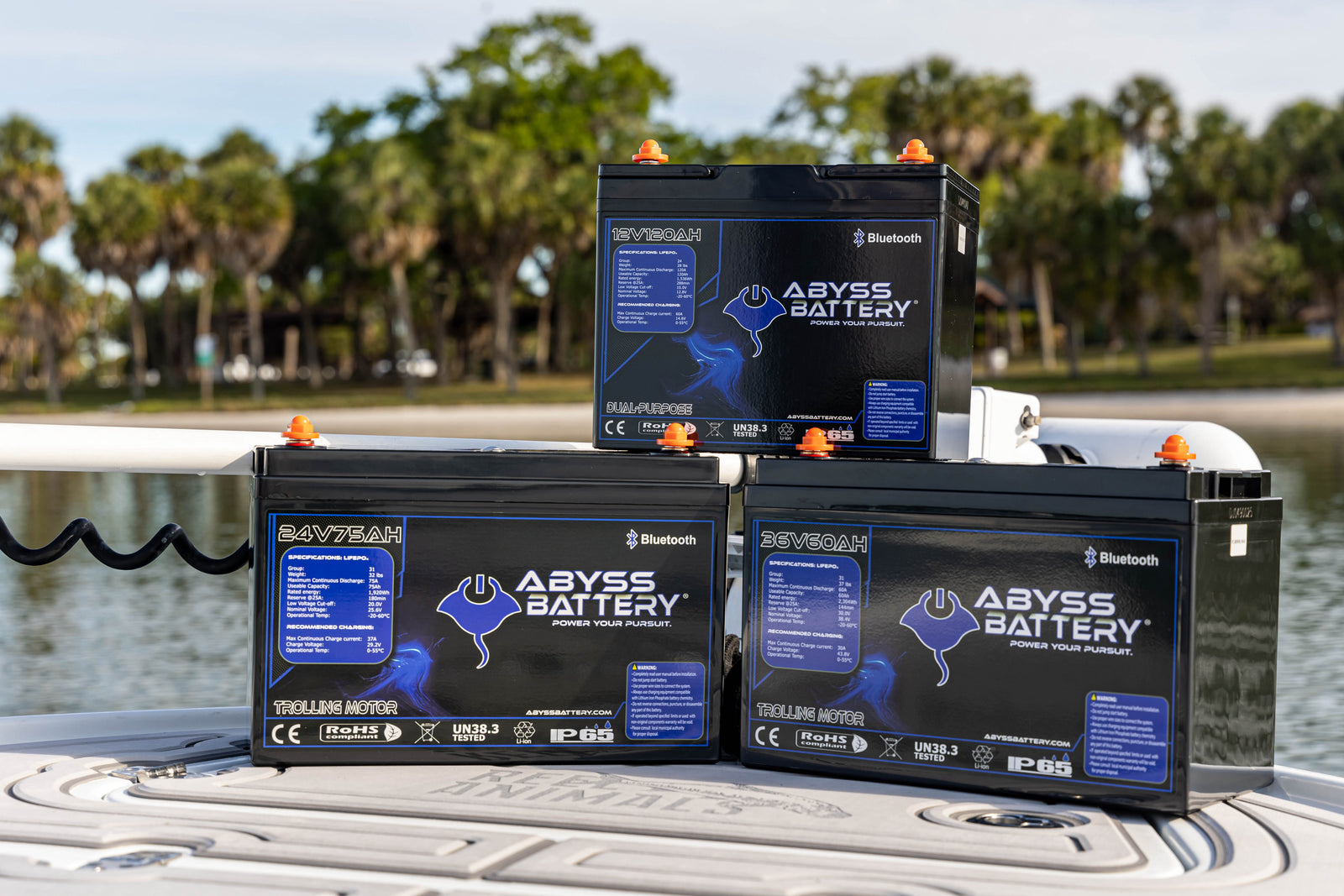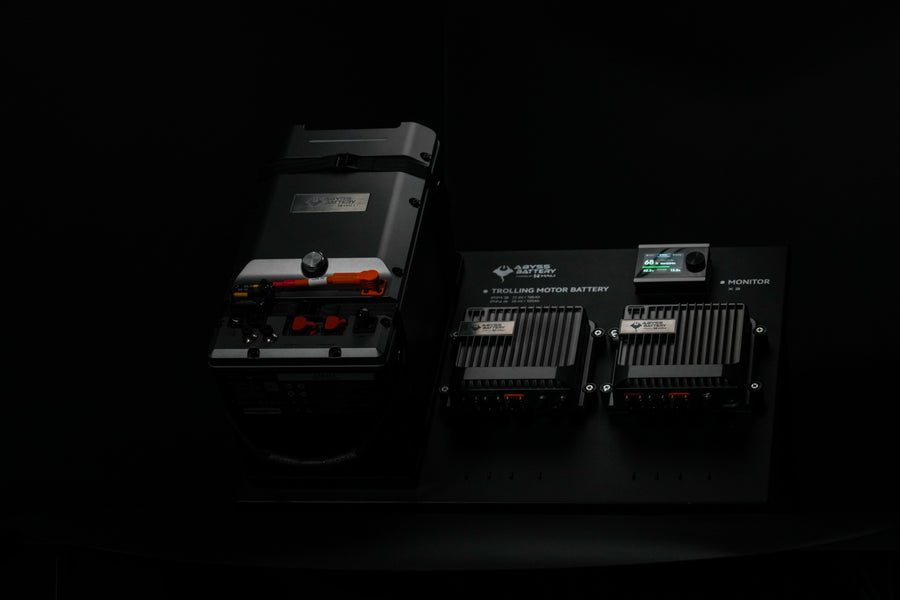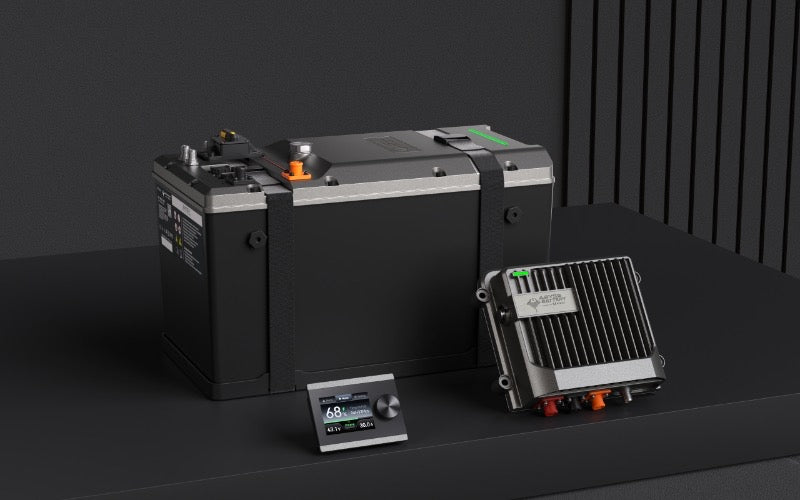Marine Battery Sizes & Group Chart

If you are a boat owner, you'll know that a reliable marine battery is at the heart of a great day out on the water. It powers everything from your boat's engine to the onboard electronics, making it a crucial component for any trip. Today, we're exploring the world of marine batteries to help you understand sizes, navigate the group chart, and select the ideal battery for your boating adventures.
Understanding Marine Battery Sizes
Knowing about marine battery sizes is key to ensuring your boat performs at its best. The size of a battery doesn't just refer to its size, but also to its energy capacity, which is essential for meeting your boat's energy needs. Here's a simple breakdown of common marine battery sizes:
![]()
- Group 24: These are often used for smaller boats with minimal power requirements.
- Group 27: A bit larger, they're suitable for moderate power needs and longer-lasting energy.
- Group 31: Ideal for larger boats with high power demands, these can handle more electronics and extended use.
- Group 49: Similar to Group 31, but often with a higher starting power for engines.
- Group 8D: These are heavy-duty batteries for large vessels and heavy power usage.
Each battery size is designed for specific types of boats and uses, so it's important to understand what your boat requires to function optimally.
How to Use the Marine Battery Group Chart
Choosing the right marine battery for your boat starts with understanding the marine battery group chart. This chart is a guide to match your boat's power requirements with the correct battery size. Here's how to use it effectively:
- Start by finding the chart online or in a boater's supply store.
- Look for your boat's specifications, which should list the required battery size or group.
- On the chart, locate the group size that matches your boat's specs. This will give you a list of batteries that fit your needs.
- Compare the dimensions, power output, and reserve capacity of the batteries within the group to find the best match for your boat.
For more detailed information on battery group sizes, visit a trusted resource like Abyss Battery.
Choosing the Right Battery Size for Your Boat
Selecting the wrong battery size can lead to running out of power or carrying extra weight. To get the best performance and efficiency from your boat, follow these guidelines:
- Small boats: For vessels like kayaks or small fishing boats, smaller batteries such as group 24 or 27 provide enough power without taking up too much space.
- Medium-sized boats: Cabin cruisers or sailboats typically require more power for onboard electronics, making group 31 or 4D batteries a suitable choice.
- Large boats: Yachts and large fishing boats with multiple appliances and electronics may need even larger batteries such as 8D or 49 group sizes for adequate power.
Always consult your boat's manual or a professional to ensure you're choosing a battery that matches your specific power needs. For a wide selection of marine batteries tailored to different boat types, check out Abyss Battery.
Marine Battery Maintenance Tips
Making sure your marine battery lasts and performs at its best involves regular care. Here are some practical tips to help you maintain your marine battery:
- Regular Inspection: Check for any signs of wear and tear, such as cracks or leaks. Ensure the connections are tight and free from corrosion.
- Clean Terminals: Keep the battery terminals clean by using a baking soda and water mix to prevent build-up.
- Maintain Charge: Regularly charge your battery to avoid it being depleted for long periods, which can shorten its lifespan.
- Proper Storage: If you're not using your boat for an extended period, store the battery in a cool, dry place and keep it charged.
- Use a Battery Charger: Use a quality charger designed for marine lithium batteries to ensure they're charged correctly and safely.
By sticking to these maintenance tips, you can help ensure your marine battery stays in top condition, providing reliable power when you need it most.
Conclusion
To sum up, it's clear that understanding marine battery sizes, knowing how to use the group chart, and choosing the correct size for your boat are crucial for optimal performance. Regular maintenance is also key to a long-lasting and dependable marine battery. Remember:
- Get familiar with different sizes and what they mean for your boat.
- Use the group chart to guide your selection process.
- Choose the right battery size to avoid potential issues and to improve your boating experience.
- Follow consistent maintenance routines to extend the life of your battery.
For those looking to purchase a marine battery or seeking more information, feel free to visit www.abyssbattery.com. We offer a wide selection of batteries that cater to your boating needs and provide expert advice to keep your marine adventures going smoothly.





Leave a comment